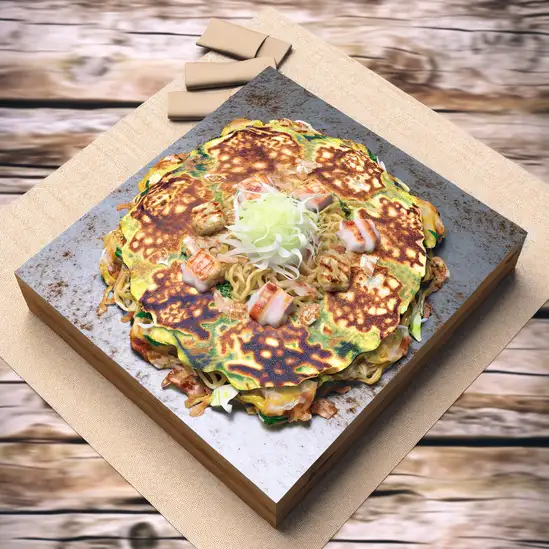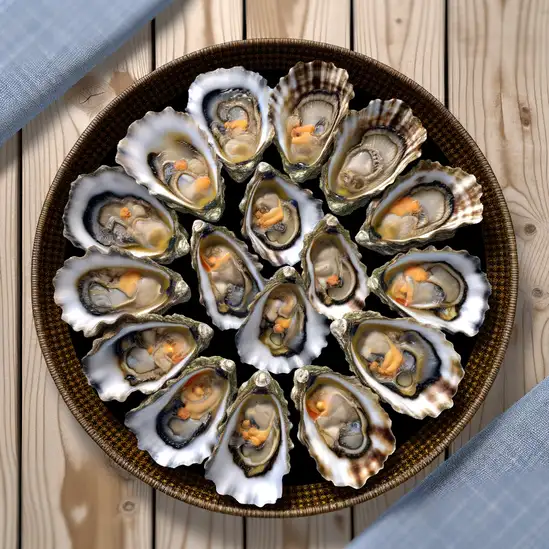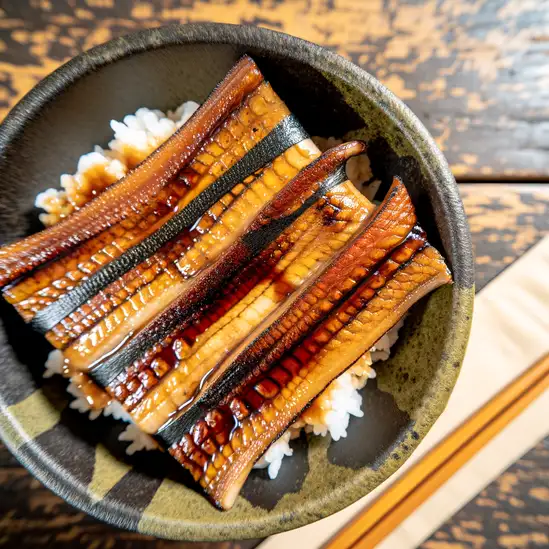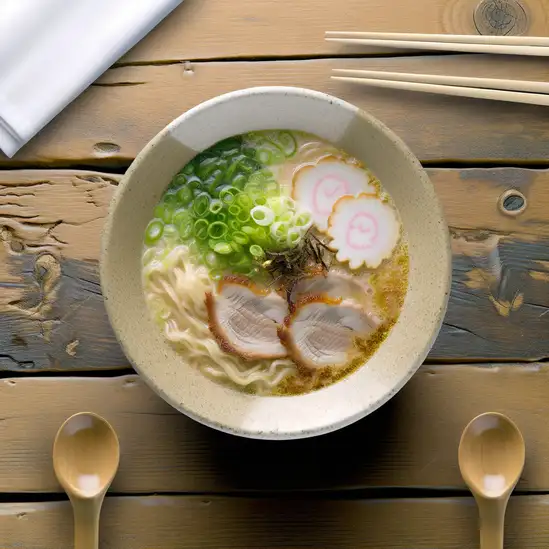



Hiroshima has this incredible mix of quiet reflection and vibrant life that stays with you long after you leave. Walking through the city,you can feel the weight of history in the air,especially around the Peace Memorial Park,where the gentle rustle of leaves and the soft trickle of the Motoyasu River create a peaceful backdrop to a powerful story. But Hiroshima isn’t just about remembering the past—it’s alive with energy,from bustling street markets to cozy cafes where the aroma of freshly brewed coffee mingles with the scent of grilled okonomiyaki,the city’s famous savory pancake. The streets pulse with a warm,welcoming spirit. Locals are friendly and proud,eager to share their culture and stories. You’ll hear the lively chatter in izakayas as people unwind with sake and laughter,and see the vibrant colors of seasonal flowers blooming along the riverbanks. The city’s blend of modern architecture and green spaces invites you to slow down and soak it all in. What really makes Hiroshima stand out is how it balances remembrance with renewal. You can visit the Atomic Bomb Dome,a haunting yet beautiful reminder of resilience,then stroll over to the nearby Hondori shopping arcade,alive with neon lights and the buzz of everyday life. It’s a place that teaches you about hope,community,and the simple joy of sharing a meal or a smile. Trust me,Hiroshima will surprise you in the best way.
The information on this page is currently being reviewed by Tripkliq and should be used as a guide only
Eng word: Hello
Eng pronunciation: Konnichiwa
Local language: こんにちは
Eng word: Goodbye
Eng pronunciation: Sayōnara
Local language: さようなら
Eng word: Thank you
Eng pronunciation: Arigatō
Local language: ありがとう
Eng word: How much
Eng pronunciation: Ikura
Local language: いくら
Eng word: Toilet
Eng pronunciation: Toire
Local language: トイレ
Eng word: Help me
Eng pronunciation: Tasukete
Local language: 助けて
Eng word: Yes
Eng pronunciation: Hai
Local language: はい
Eng word: No
Eng pronunciation: Iie
Local language: いいえ
Eng word: Excuse me
Eng pronunciation: Sumimasen
Local language: すみません
Originally constructed in the 1590s, Hiroshima Castle, also known as Carp Castle, served as a powerful symbol of the city's historical significance. Though the atomic bomb destroyed it in 1945, it was meticulously reconstructed in 1958 as a museum showcasing Hiroshima's history before World War II.
Dating back to 1620, Shukkeien Garden translates to 'shrunken-scenery garden', offering visitors miniature landscapes to explore. This beautiful garden has served as a place of peace and reflection for centuries, surviving the events of 1945 and continuing to be a beloved spot in Hiroshima.
Established in the 1950s, Hiroshima Peace Memorial Park is dedicated to the legacy of Hiroshima as the first city in the world to suffer a nuclear attack. The park is a symbol of lasting peace, containing memorials, museums, and the iconic A-Bomb Dome, recognized as a UNESCO World Heritage Site.
Just a short ferry ride from Hiroshima, Miyajima Island is renowned worldwide for its Itsukushima Shrine and its iconic floating torii gate. This historic site, part of the Seto Inland Sea, has been worshipped for centuries as a sacred island.
The Atomic Bomb Dome, originally the Hiroshima Prefectural Industrial Promotion Hall, stands as a powerful reminder of the devastation of nuclear weapons but also as a beacon of hope for world peace. It has been preserved in its post-bombing state as a UNESCO World Heritage Site.
Held annually on August 6th, the Peace Memorial Ceremony in Hiroshima commemorates the victims of the atomic bomb and prays for the realization of lasting world peace. This event draws visitors and dignitaries from around the world.
Opened in 1978, the Hiroshima Museum of Art hosts an impressive collection of European art alongside works by Japanese artists. Its collection spans the romantic period through to modern art, offering a serene cultural experience in the heart of Hiroshima.
Hiroshima is renowned for its unique style of okonomiyaki, a savory pancake that includes layers of ingredients such as cabbage, pork, noodles, and egg. The dish represents Hiroshima's rich culinary culture and is a must-try for visitors.
The Hiroshima Toyo Carp is the beloved local baseball team, representing the city in Japan's Central League. Their passionate fans bring a lively atmosphere to games at the Mazda Zoom-Zoom Stadium, showcasing the community spirit of Hiroshima.
In Hiroshima-shi, the most common Power Adaptor is Type A, Type B.



A savory pancake made with layers of batter, cabbage, noodles, and various toppings, often including seafood and pork, cooked on a griddle.

Hiroshima is famous for its fresh oysters, which can be enjoyed raw, grilled, or in various dishes, especially during the winter months.

Grilled eel served over rice, often accompanied by a sweet soy-based sauce, showcasing the region's seafood specialties.

Cold dipping noodles served with a rich, flavorful broth, typically made from pork and seafood, allowing for a refreshing meal.

A unique take on ramen featuring a lighter broth, often made with a combination of chicken and seafood, and topped with green onions and other ingredients.
If you ever find yourself craving a place where nature and tradition dance together effortlessly,Miyajima is that kind of magic. The moment you step off the ferry,you’re greeted by the iconic floating torii gate of Itsukushima Shrine,standing serenely against the backdrop of the Seto Inland Sea. There’s a peaceful rhythm here—soft footsteps on wooden walkways,the gentle rustle of maple leaves,and the distant call of friendly deer wandering freely,as if they’re the island’s unofficial greeters.
Walking through the narrow streets,you’ll catch the scent of grilled oysters and sweet maple leaf-shaped cakes wafting from tiny shops,tempting you to pause and savor local flavors. The island’s charm isn’t just in its sights but in its atmosphere:a blend of reverence and relaxation. Temples and shrines nestle among lush hills,inviting quiet reflection,while cozy cafes and ryokans offer warm hospitality that feels like a comforting embrace after a day of exploring.
What really stays with you is the way Miyajima feels alive yet timeless. Whether you’re hiking up Mount Misen to catch a breathtaking sunset or simply sitting by the shore watching the tide ebb and flow around the torii gate,there’s a deep sense of connection—to nature,history,and a slower pace of life. It’s a place that invites you to breathe deeply,soak in the beauty,and leave a little more peaceful than when you arrived.
Okayama has this effortlessly calm vibe that instantly makes you want to slow down and soak it all in. Imagine wandering through the sprawling Korakuen Garden,where the gentle rustle of pine trees mingles with the soft splash of koi fish in the ponds. The air carries a subtle sweetness from blooming plum blossoms,especially in spring,and the view of Okayama Castle’s black walls rising against the sky feels like stepping into a storybook. It’s a place where history and nature seem to breathe together.
Walking through the city streets,you’ll notice how Okayama balances tradition with a quiet modernity. Local markets buzz with friendly chatter,and the scent of freshly grilled kibi dango—those chewy millet dumplings Okayama is famous for—wafts through the air,tempting you to try a bite. The people here have a warm,welcoming spirit that makes you feel like you’re more than just a visitor.
What really sets Okayama apart is its pace and personality. It’s not flashy or overwhelming,but it’s rich with culture and stories. Whether you’re cycling along the Asahi River,exploring art galleries tucked into old neighborhoods,or savoring fresh seafood at a cozy izakaya,there’s a comforting rhythm to the city that invites you to linger a little longer. Honestly,Okayama feels like a gentle embrace—a place where you can connect with Japan’s heart in a way that’s both peaceful and deeply memorable.
If you ever find yourself wandering through Matsuyama-shi,you’ll immediately notice a gentle,unhurried rhythm to the place—like the city itself is taking a deep breath and inviting you to do the same. Nestled on Shikoku Island,Matsuyama feels like a perfect blend of old-world charm and everyday life,where the scent of fresh citrus mingles with the salty breeze from the Seto Inland Sea. Walking through its streets,you’ll hear the soft clatter of geta sandals near Dogo Onsen,one of Japan’s oldest hot springs,where locals and travelers alike soak in steamy waters that seem to wash away not just fatigue but time itself.
The city’s character shines brightest in its historic castle perched atop a hill,offering panoramic views that stretch over patchwork fields and the shimmering coastline. As you explore,the delicate aroma of freshly brewed green tea drifts from cozy teahouses,inviting you to pause and savor a moment of calm. Matsuyama’s literary soul is palpable too—home to the famous author Natsume Soseki,you can almost hear the whispers of his stories in the quiet corners of the city.
What makes Matsuyama truly special is how it balances tradition with warmth. The locals greet you with genuine smiles,and the markets buzz with the chatter of vendors selling juicy mikan oranges and freshly caught seafood. It’s a place where every step feels like a gentle discovery,and every sunset paints the sky with a promise of peaceful nights and new adventures. Trust me,Matsuyama isn’t just a stop on your trip—it’s a place that stays with you long after you leave.
If you ever find yourself craving a place where time seems to slow down just enough to savor every moment,Onomichi is that kind of city. Nestled along the Seto Inland Sea,it’s a charming blend of old-world Japan and gentle seaside calm. Walking through its narrow,winding streets,you’ll hear the soft clatter of bicycle wheels on cobblestones and the distant call of seagulls mingling with the hum of fishing boats returning to harbor. The salty breeze carries hints of fresh seafood and blooming cherry blossoms,wrapping you in a comforting embrace.
What really makes Onomichi special is its layered character—ancient temples perched on hillsides,quaint cafes tucked into wooden buildings,and vibrant murals that tell stories of the city’s past. Climbing the stone steps to Senkoji Temple rewards you with sweeping views of the shimmering sea dotted with islands,a sight that feels like a secret shared between friends. The city’s pace invites you to linger over a bowl of hearty ramen or sip on a cup of rich,locally roasted coffee while watching the world drift by.
Onomichi’s warmth isn’t just in its scenery but in its people,who carry a quiet pride in their city’s history and culture. Whether you’re cycling along the Shimanami Kaido or exploring tucked-away bookshops,there’s a gentle rhythm here that encourages curiosity and calm. It’s a place where every corner holds a story,and every moment feels like a soft,welcoming sigh.
If you find yourself wandering through Fukuoka-shi,you’ll immediately notice a refreshing blend of vibrant city life and laid-back coastal charm. The air carries a subtle saltiness from the nearby sea,mingling with the enticing aroma of street food stalls sizzling with fresh yakitori and steaming bowls of Hakata ramen. It’s a city that hums with energy but never feels overwhelming—like a close-knit community that’s just big enough to surprise you at every corner.
Walking through the bustling Nakasu district at night,neon lights flicker against the river’s calm surface,while laughter and chatter spill out from cozy izakayas. The city’s pulse is warm and inviting,with locals who are proud yet unpretentious,always ready to share a story or recommend their favorite spot. Fukuoka’s rich history peeks through in its temples and shrines,but it’s the modern art galleries and lively festivals that show how the city embraces both tradition and innovation.
What really sets Fukuoka apart is its pace—fast enough to keep you intrigued,slow enough to savor. Imagine sitting by the waterfront,a gentle breeze brushing your face,as you sip on a cold yuzu drink and watch fishing boats bobbing gently. It’s a place where you can dive into Japan’s culinary delights,explore vibrant markets,and still find quiet moments to just breathe and soak it all in. Trust me,Fukuoka feels like a warm welcome you didn’t know you needed.
If you ever find yourself craving a place where the pace slows just enough to savor life’s little moments,Takamatsu is where you want to be. This city,perched on the edge of the Seto Inland Sea,hums with a gentle energy that feels both timeless and refreshingly alive. Imagine wandering through streets lined with cozy cafes and traditional shops,the salty breeze mingling with the scent of freshly grilled sanuki udon—the local noodle specialty that’s comfort on a plate. It’s the kind of place where the clatter of chopsticks and soft murmur of conversation create a warm soundtrack to your day.
Takamatsu’s charm lies in its seamless blend of old and new. You can lose yourself in Ritsurin Garden,a sprawling,meticulously crafted landscape where every pond and pine tree seems to tell a story. The garden’s tranquility invites you to pause,breathe in the earthy aroma of moss and cedar,and watch koi fish lazily glide beneath the water’s surface. Then,just a short stroll away,the city’s vibrant markets and art galleries pulse with creativity and local pride,offering a glimpse into the region’s rich culture.
What really sticks with you about Takamatsu is its welcoming spirit. Locals greet you with genuine smiles,eager to share their city’s treasures,whether it’s a secret spot for sunset views over the sea or a tiny shop selling handmade crafts. Visiting here feels like stepping into a story where every moment is savored,every flavor celebrated,and every corner holds a new discovery.
Tourists may be sold fake tickets for attractions, events, or transportation, often at a discounted price that seems too good to be true.
Some currency exchange services may offer unfavorable rates or charge hidden fees, targeting tourists unfamiliar with the local currency.
Scammers may pose as charity workers asking for donations to support disaster relief or local causes. They often target tourists near popular attractions.
Individuals may pose as official tour guides and offer their services for a fee, providing little to no value or inaccurate information.
Some taxi drivers may take longer routes or charge inflated fares, especially if tourists are unfamiliar with the area or the standard rates.
Street vendors near tourist hotspots may overcharge for souvenirs, snacks, or drinks, especially if prices are not clearly displayed.
The possession, use, and distribution of illegal drugs are strictly prohibited in Hiroshima-shi and throughout Japan. This includes substances that may be legal in other countries, such as marijuana. Penalties for drug offenses are severe and can include lengthy prison sentences, heavy fines, and deportation for foreigners. Prescription medications should be carried with proper documentation.
In Hiroshima-shi, smoking is generally prohibited in many public places, including streets, parks, and public transportation areas. There are designated smoking areas where smoking is allowed, and it is important to use these areas to avoid fines. Many restaurants and bars may have specific smoking sections, but it is always best to ask before lighting up.
Vaping is subject to similar regulations as smoking in Hiroshima-shi. It is prohibited in most public places and should be done only in designated areas. Tourists should look for signs indicating where vaping is allowed and adhere to local rules to avoid penalties.
What are other people saying about Hiroshima-shi?
Recent Social posts about Hiroshima-shi
There is nothing to show you for now.